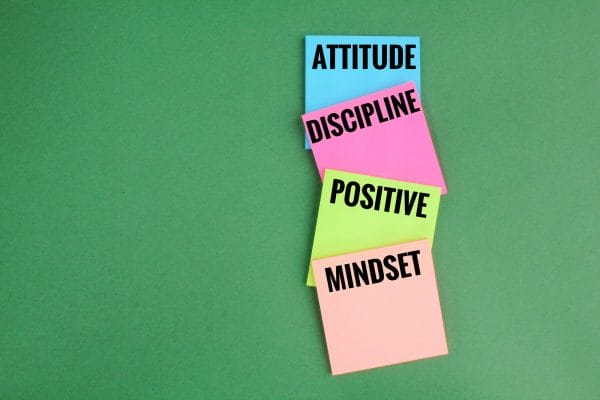The Power of Positive Discipline: Teaching Kids Good Behavior
Positive discipline is a helpful way to teach kids how to behave well. Instead of punishing children, positive discipline focuses on teaching them important life skills. This approach helps children develop good habits and learn how to solve problems. It also builds a strong bond between parents and children.

What Is Positive Discipline?
![]()
Positive discipline is a method of guiding children. It was created by Dr. Jane Nelsen. She wrote many books about it. This approach teaches children in a kind and firm way.
- It avoids punishment.
- It focuses on solutions.
- It helps kids learn from their mistakes.
Positive discipline helps children feel respected and understood. It encourages cooperation instead of conflict.
Parents can use positive discipline at home. Teachers can use it in schools, too.
The Benefits of Positive Discipline
![]()
Positive discipline has many benefits. Here are some reasons why it is important:
- It builds self-esteem in children.
- It helps kids develop problem-solving skills.
- It teaches respect for others.
Kids who experience positive discipline are more likely to follow the rules. They are also happier and more confident.
Studies show that positive discipline helps children succeed in school. It also reduces behavior problems.
How Positive Discipline Works
![]()
Positive discipline uses several techniques. Here are some common ones:
- Time-in: Spend time with the child to understand their feelings.
- Redirection: Guide the child to a better behavior.
- Logical consequences: Let the child face the natural outcome of their actions.
These methods help children learn from their mistakes. They also teach kids how to make better choices next time.
Parents should be patient and consistent. Positive discipline takes time but is very effective.
Tools for Positive Discipline
![]()
There are many tools that parents can use for positive discipline:
- Positive reinforcement: Praise good behavior.
- Family meetings: Discuss problems and solutions together.
- Role-playing: Practice different scenarios with your child.
Books and online resources can also help. The Positive Discipline Association offers many free materials.
Parents can read books by Jane Nelsen to learn more. These books provide many useful tips and examples.
Examples of Positive Discipline in Action
![]()
Here are some real-life examples:
- A child refuses to do homework. The parent sits with them and helps them start.
- A kid hits another child. The parent talks to them about how hitting hurts and finds a better way to express anger.
- A baby cries a lot. The parent tries to understand the reason and soothes the baby.
These examples show how positive discipline can be used in everyday situations. It helps children learn and grow in a safe environment.
The Role of Parents in Positive Discipline
![]()
Parents play a crucial role in positive discipline. Here are some ways they can help:
- Set clear and fair rules.
- Be a good role model.
- Show love and support.
Parents should communicate openly with their children. Listening to kids’ feelings is important.
Spending quality time together strengthens the parent-child bond. This makes it easier to guide and teach children.
Challenges and Solutions in Positive Discipline
![]()
Positive discipline can be challenging. Here are some common issues and solutions:
- Consistency: Stick to the rules even when it’s hard.
- Patience: Change takes time. Be patient with your child.
- Support: Seek help from other parents or professionals if needed.
It’s normal to face difficulties. The key is to stay committed to positive discipline.
Remember that every child is different. What works for one may not work for another.
Resources for Learning Positive Discipline
![]()
There are many resources available for learning positive discipline:
- Books by Jane Nelsen
- Online articles and videos
- Workshops and seminars
The Positive Discipline Association offers many free resources. Parents can join local groups to share experiences and get support.
Reading and learning about positive discipline helps parents become better guides for their children.
Conclusion
![]()
Positive discipline is a powerful tool for raising happy and responsible children. It focuses on teaching rather than punishing. This approach helps kids develop important life skills.
Parents play a key role in implementing positive discipline. By being patient and consistent, they can create a loving and supportive environment for their children.
Many resources are available to help parents learn more about positive discipline. Books by Jane Nelsen and materials from the Positive Discipline Association are great places to start.
In summary, positive discipline is a valuable method for guiding children. It fosters respect, cooperation, and problem-solving skills. With time and effort, parents can help their children grow into confident and capable individuals.





